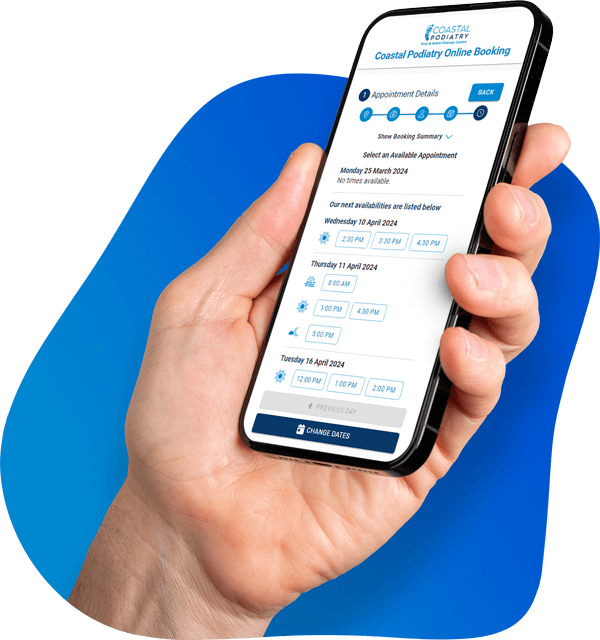As a seasoned podiatrist at Coastal Podiatry, I understand the debilitating impact that heel pain can have on a person’s quality of life. It’s a condition that often requires targeted, effective treatment. In recent years, shockwave therapy has emerged as a promising alternative to traditional treatments for heel pain. In this blog, I’ll provide an in-depth comparison of shockwave therapy and conventional treatments to help you make an informed decision about the best approach for your heel pain.
Traditional Treatments:
1. Rest and Ice:
Pros: These are simple and easily accessible methods to reduce inflammation and provide relief.
Cons: They may not address the underlying cause of the pain and may offer only temporary relief.
2. Stretching Exercises:
Pros: Stretching can improve flexibility and relieve tension in the affected area.
Cons: It may take time to see significant improvement, and it might not be effective for all types of heel pain.
3. Orthotics and Supportive Footwear:
Pros: Custom orthotics can provide tailored support and help correct biomechanical issues contributing to heel pain.
Cons: They may be costly and may not always provide immediate relief.
4. Medications:
Pros: Nonsteroidal anti-inflammatory drugs (NSAIDs) can help alleviate pain and reduce inflammation.
Cons: Prolonged use of NSAIDs may have side effects, and they do not address the root cause of the pain.
5. Physical Therapy:
Pros: Physical therapy can provide targeted exercises and techniques to address heel pain.
Cons: It may require a longer treatment period to see significant results.
Shockwave Therapy:
1. How it Works:
Shockwave therapy uses high-energy shockwaves to stimulate the body’s natural healing process. It helps increase blood flow and promote tissue regeneration.
2. Effectiveness:
Pros: Studies have shown that shockwave therapy can be highly effective in treating various forms of heel pain, including plantar fasciitis and Achilles tendinopathy.
3. Non-Invasive:
Pros: Shockwave therapy is a non-invasive procedure, which means there’s no need for incisions or anesthesia.
4. Faster Recovery:
Pros: Many patients experience significant improvement after just a few sessions, with minimal downtime.
5. Long-Term Results:
Pros: Shockwave therapy can provide long-lasting relief by targeting the underlying causes of heel pain.
Conclusion:
While traditional treatments for heel pain have their merits, shockwave therapy stands out for its effectiveness, non-invasive nature, and potential for long-term results. It’s important to consult with a podiatrist to determine the most appropriate treatment for your specific condition. At Coastal Podiatry, we’re dedicated to providing personalised, effective care for heel pain. If you have any questions or would like to explore treatment options, don’t hesitate to reach out. Your journey to pain-free feet starts here.




